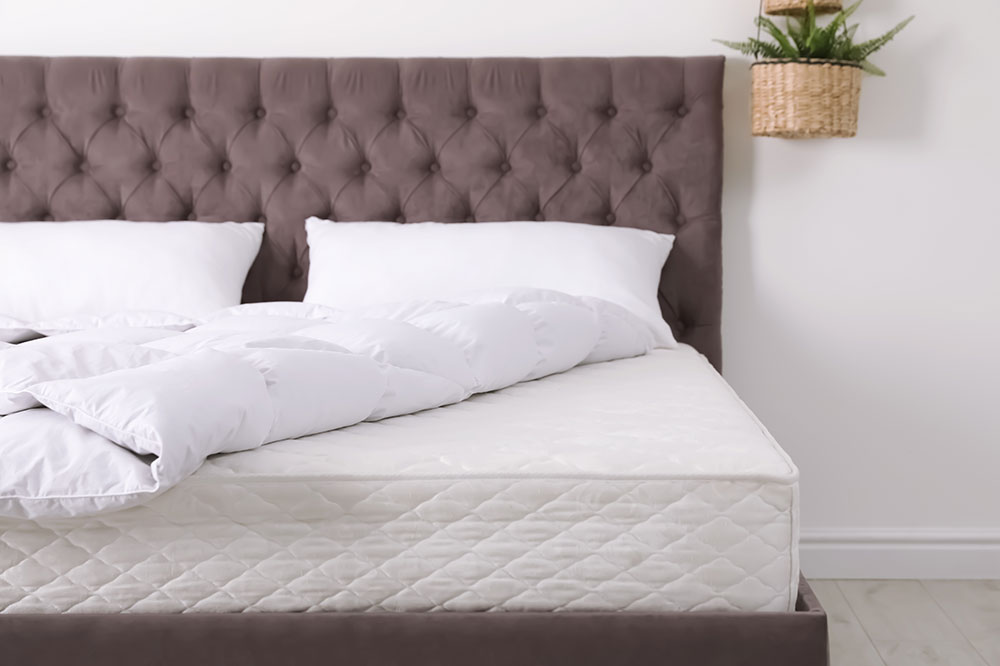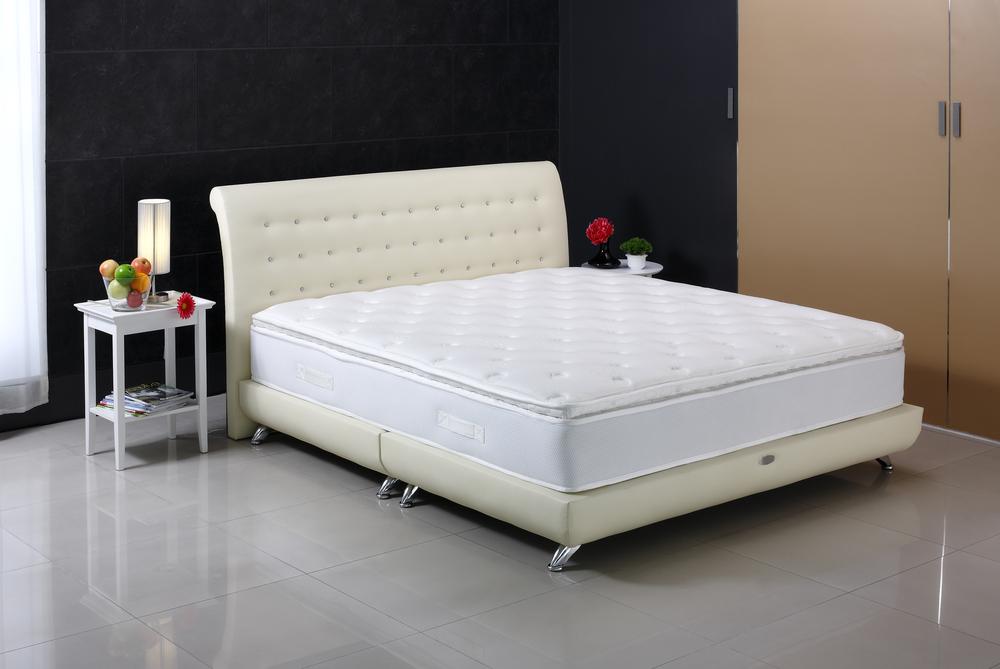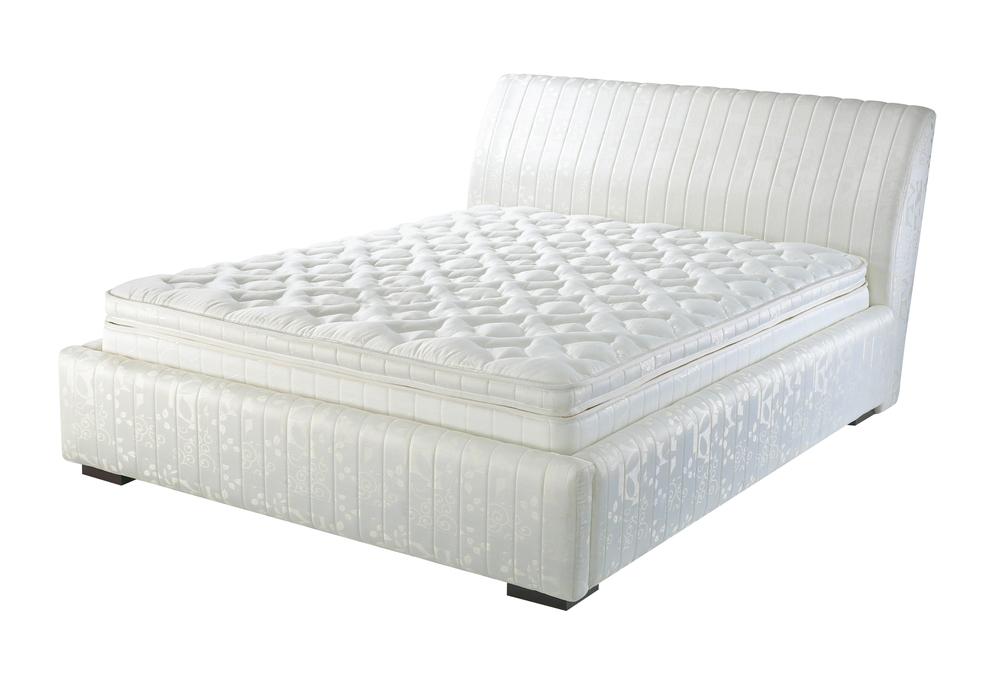The Ultimate Guide to Choosing the Best Mattress for Back Pain Relief
Discover comprehensive tips on selecting the best mattress for back pain relief. Learn how factors like firmness, support, and materials can impact spinal health and improve sleep quality. This guide covers the latest research and product recommendations for a healthier, pain-free back through optimal sleep solutions.

Comprehensive Guide to Mattress Selection for Alleviating Back Discomfort
Back pain is a prevalent and often debilitating condition that affects millions across the globe. It is considered one of the most complex health issues to address, as it can stem from various causes and often requires a multifaceted approach for management. According to data from the World Health Organization and the National Institute of Health, nearly 80% of adults will experience back pain at some point in their lives. From minor strains to chronic conditions, back discomfort can significantly impair quality of life, productivity, and overall well-being. Understanding the root causes—such as injury, degenerative spinal conditions, poor posture, repetitive strain, or long hours of sedentary activity—is essential to managing and alleviating symptoms.
One critical aspect often overlooked is the influence of sleep environment, especially the choice of mattress. The right sleep surface can either exacerbate existing pain or serve as a vital tool in reducing discomfort and supporting spinal health. An unsupportive or inconsistent mattress can worsen back issues, leading to increased stiffness, muscular tension, and prolonged recovery times. Conversely, selecting a well-designed, supportive mattress that promotes proper spinal alignment can significantly improve sleep quality and aid in the healing process.
How the Correct Mattress Supports Back Health
The significance of choosing a suitable mattress cannot be overstated in the context of back pain management. An inadequate sleeping surface—be it too hard, too soft, or uneven—can contribute to increased discomfort, stiffness, and muscle strain. Proper bedding supports the natural curves of the spine, distributes body weight evenly, and reduces pressure points. This not only relieves existing pain but also prevents further strain and injury during restful sleep.
Research underscores that a supportive mattress can significantly decrease back pain levels. The primary goal is to maintain a neutral spine position during sleep—meaning the spine stays aligned from the neck down to the pelvis—thereby minimizing stress on muscles, discs, and joints. Various factors influence mattress effectiveness, including firmness level and the material used in construction, both of which play a role in how well the mattress conforms to individual body contours and supports spinal health.
Optimal Firmness Level for Back Pain Management
Historically, the consensus leaned toward recommending firm mattresses for back health, based on the belief that firmer surfaces provide better support. However, more recent research, including a landmark 2003 study published in the Journal of Orthopedic Medicine, suggests that medium-firm mattresses are often more effective. These mattresses strike a balance—they are firm enough to offer support but soft enough to contour to the body's natural shapes. This promotes gentle alignment of the spine and helps reduce pressure on joints and muscles, thereby alleviating pain and increasing overall comfort during sleep.
Materials and Construction: Factors to Consider
Material choice plays a pivotal role in the support, durability, and comfort provided by a mattress. Traditional innerspring mattresses, which rely on metal coil systems, tend to offer uneven support over time as the springs weaken or sag. This can lead to misalignment and exacerbate back pain. In contrast, modern memory foam mattresses distribute body weight more evenly, respond adaptively to pressure points, and conform to spinal curves, ensuring better support and comfort.
Memory foam, in particular, has gained widespread recognition for its ability to reduce pressure exerted on key areas such as the hips, shoulders, and lower back. This not only eases pain but also facilitates more restful, uninterrupted sleep—a critical factor in managing chronic back conditions. Hybrid models, which combine innerspring support with foam layers, are also popular among consumers seeking a balance of support and cushioning.
The Best Mattress Types for Back Pain Relief
Extensive clinical studies and user reviews highlight the effectiveness of memory foam mattresses in alleviating back discomfort. These mattresses excel at maintaining the spine in a neutral position throughout sleep. Their capacity to mold to individual body shapes allows for a customized sleeping experience, which can substantially decrease muscle strain and joint stress.
Moreover, high-quality foam mattresses tend to feature advanced cooling technologies, such as phase-change materials or gel infusions, which regulate heat and prevent overheating—common complaints among foam users. This enhances comfort and promotes deeper sleep, further supporting back health.
Some consumers express concerns about chemical emissions or off-gassing from certain foam products. Fortunately, many manufacturers have responded by offering natural, chemical-free alternatives that meet safety standards without compromising support or durability. Leading models like the Amerisleep AS2 incorporate responsive Bio-Pur foam, which is environmentally friendly, breathable, and designed to reduce pressure points. These innovative materials improve airflow, prevent heat buildup, and offer a hypoallergenic sleep surface, making them ideal for back pain sufferers seeking chemical-free options.
In addition to selecting the right mattress, consulting healthcare professionals—such as orthopedists or physiotherapists—can help identify specific needs based on individual back conditions. Proper diagnosis combined with an appropriate sleep surface can be a game-changer in pain management and improving overall sleep quality.
In conclusion, choosing the right mattress tailored for back pain relief involves considering firmness, material composition, and proper spinal alignment. Investing in a high-quality, supportive sleep surface can lead to significant improvements in pain levels, sleep quality, and overall health. By understanding the latest research and exploring various mattress options, individuals can make informed decisions to support their back health and enjoy restful, pain-free sleep for years to come.





